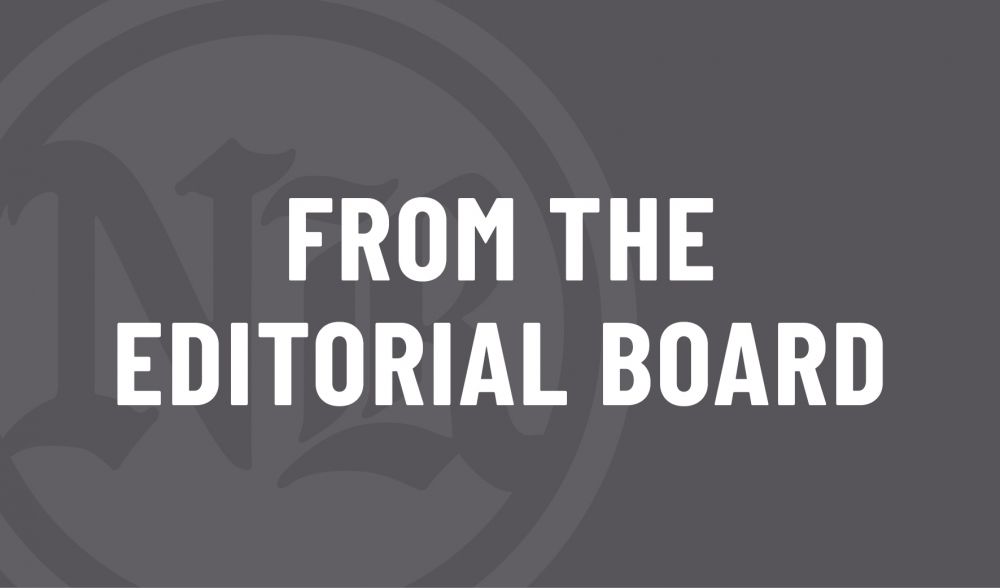Tribe takes care of its own, and helps take care of us, too

The waves of European immigrants streaming to America’s Atlantic Coast and eastern interior in the 1600s and 1700s, and pushing on west toward its Pacific Coast in the 1800s, regarded the people already living here primarily as subhuman impediments to be shunted aside if not exterminated.
Blessed with superior arms and numbers, the invaders not only denied Native peoples the right to life, liberty and the pursuit of happiness, but also to property, which they seized by force and deception at will.
Locally, the tide didn’t begin to turn until 1983 — less than 40 years ago — when a shrunken vestige of the original 61,000-acre Confederated Tribes of Grand Ronde Reservation was officially restored by the federal government.
Given the history of this makeshift amalgam of more than 30 different tribes and bands — all with different traditions of culture, language and daily life forged in different parts of Western Oregon, Southwestern Washington and Northern California — it’s utterly amazing what a force it has become. And not only for its own members, but also for the rest of us.
Like it or not, many of us are descended from people who robbed Natives of their property, culture and, all too often, very lives. Descendants on the Native side haven’t forgotten, but they have forgiven, which is a testament to the humanity we denied them.
Since restoration, the Grand Ronde have built a massive casino and lodge complex that employs more than 1,000, draws freespending tourists in droves, and funds a charitable arm pumping millions into worthy local causes every year. They have also diversified the tribal economy and heritage through acquisition of the Blue Heron Paper Mill site in Oregon City, the Multnomah Kennel Club Dog Track site in Wood Village, various job-generating business enterprises and tribal trust lands as opportunities arose.
They have developed an extensive stock of tribal housing for elders, generously defined as anyone 55 and up. They have established their own police force, fire and ambulance service, court system and clinic network, along with a tribal newspaper operated with a high degree of autonomy.
When crunch time came for the Newberg-Dundee Bypass, the tribe kicked in $4 million. When the pandemic threatened to overwhelm local resources, the tribe shared its supply of vaccine with all comers, including a broad array of Yamhill County residents and the entire Portland Trail Blazers basketball team.
The tribe also helps underwrite a broad array of other civic endeavors, including the Yamhill County transit system, Willamina school system, Willamina ambulance service, state park system through the Fort Yamhill State Heritage Area and a community network of addiction services. It has been partnering with both Linfield University and various public and private K-12 school systems on culturally relevant curriculum as well.
The Grand Ronde have proven wise stewards of natural and cultural resources in their historic territory, both on and off reservation. They have invested heavily in preservation and restoration efforts benefiting all of us, their latest showcase being Oregon City’s Willamette Falls, with the dismantling of the paper mill and elimination of the scars inflicted by the mill operation.
Building on a 1985 Reservation Plan, 1988 Comprehensive Plan, 1990 Homelands Plan and 1996 Master Plan, they are currently developing a Grand Ronde 2033 Plan — Shawash-ili?i 2033. It will guide development through the 50th anniversary of tribal restoration, now just 11 years off.
The Grand Ronde have treated us infinitely better than we have historically treated them. We owe them a big debt of continuing gratitude for the many ways they have helped enrich both their lives and ours.






Comments